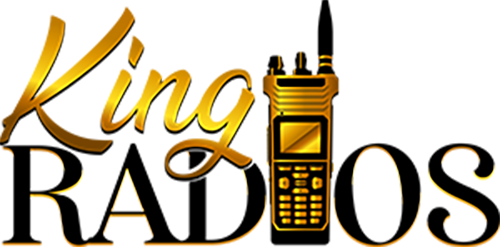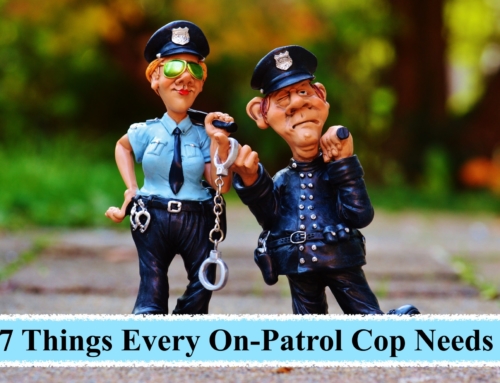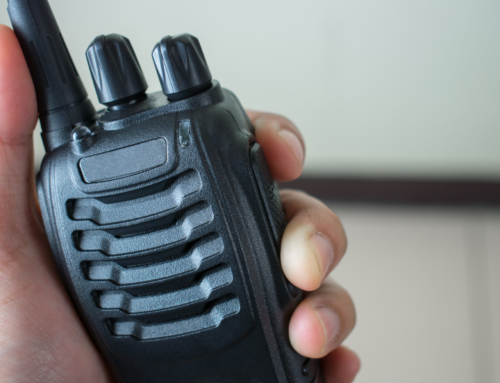Do you remember playing with walkie talkies when you were a kid? While it may have been great fun, walkie talkies are so much more than a toy. Whether you’re traveling, working, hunting, or camping, this handy tool could even save lives. But if you choose to use a radio, you’ve got to master the walkie talkie codes and etiquette. If you start speaking normally, recipients may hear a mixed message on the other side. Why should you try walkie talkie codes? And what’s the must-know radio lingo? Read on for a full guide.
Do you copy? Let’s go!
Why Use Walkie Talkie Codes?
Using walkie talkie codes and proper walkie talkie etiquette ensures your message is concise and clear. Radios don’t have smartphone audio quality, so plain speech can be garbled. With correct radio communication codes like 10 codes for walkie talkies or phonetic alphabet, you:
- Improve clarity in noisy or low-signal environments
- Reduce transmission time—key in emergencies
- Standardize messages across teams (military, firefighters, pilots, etc.)
- Maintain professionalism and privacy using walkie talkie privacy codes
Standard Walkie Talkie Codes List
The “walkie talkie language” varies by field: police radio codes, fire department radio codes, ham radio codes, military radio codes, CB radio codes, and more. Below are widely recognized categories. Use these walkie talkie codes list items to communicate with anyone familiar with radio jargon.
Start Right: Initiation Phrases
- Come in [Name] (Are you there, [Name]?)
- Go Ahead (Transmit your message)
- [Name] Calling [Name] (I, [Caller], want to talk with [Receiver])
- Go for [Name] (Acknowledging [Name] wants to contact me; I’m ready)
- [Name], Come In (Are you there, [Name]?)
Basic Radio Jargon and Etiquette
- Affirmative (Yes)
- Copy (Message understood)
- Negative (No)
- Roger / Roger That (Message understood)
- Disregard (Ignore previous transmission)
- On It (Working on your request)
- Stand By (Busy; will respond soon)
- Eyes On… (I can see what you refer to)
- What’s Your 20? (Where are you?)
Communication Issues
- Do You Copy? (Can you hear me?)
- Loud and Clear (Your radio is working)
- Mic Check / Radio Check (Is my radio working?)
- Say Again / Go Again (Retransmit your message)
Closing Phrases
- Over (Finished transmitting; awaiting reply)
- Out (Done transmitting; conversation ended)
10-Codes for Walkie Talkies
Police radio codes began as “10 codes,” but variations exist: some agencies differ. Below is a common 10 codes for walkie talkies reference. Always confirm local variations if using in professional contexts (police, fire department radio codes, etc.).
| Code | Meaning |
|---|---|
| 10-1 | Transmission unreadable / receiving poorly |
| 10-2 | Signal good |
| 10-3 | Abort transmission |
| 10-4 | Message received, understood |
| 10-5 | Relay message |
| 10-6 | Busy, stand by |
| 10-7 | Out of service |
| 10-8 | In service |
| 10-9 | Repeat message |
| 10-10 | Transmission complete |
| 10-20 | What’s your location? |
Phonetic Alphabet (Radio Jargon)
When spelling names or critical terms, use the NATO phonetic alphabet instead of letters. This walkie talkie language avoids confusion:
- A – Alfa
- B – Bravo
- C – Charlie
- D – Delta
- E – Echo
- F – Foxtrot
- G – Golf
- H – Hotel
- I – India
- J – Juliet
- K – Kilo
- L – Lima
- M – Mike
- N – November
- O – Oscar
- P – Papa
- Q – Quebec
- R – Romeo
- S – Sierra
- T – Tango
- U – Uniform
- V – Victor
- W – Whiskey
- X – X-ray
- Y – Yankee
- Z – Zulu
Pronounce “9” as “niner” to avoid confusion with “five.”
Walkie Talkie Etiquette & Tips
- Speak Clearly: Enunciate and pause between key words.
- Press-to-Talk Timing: Wait a second after pressing before speaking; hold a second after finishing.
- Keep It Short: Use walkie talkie codes to convey concise info.
- Channel Management: Select correct walkie talkie channel frequencies and monitor for traffic.
- Privacy Codes: Use sub-channels or digital codes (walkie talkie privacy codes) if available to reduce interference.
- Check Range: Understand your device’s walkie talkie range and plan accordingly.
- Emergency Codes: Familiarize with emergency radio codes for first responders or safety scenarios.
Walkie Talkie Code Categories at a Glance
Below is a visual overview of the number of common codes per category. This helps you see where to focus:

two way radio
Advanced & Specialty Walkie Talkie Codes
Emergency & First Responder Walkie Talkie Codes
First responders use specialized codes. Examples:
- Police Radio Codes: Vary by department; typical 10-codes adapted for law enforcement.
- Fire Department Radio Codes: “10-75” (Structure fire) in some regions; confirm local standards.
- Ham Radio Codes: Q-codes (e.g., QTH = location) in amateur radio exchanges.
- Military Radio Codes: Brevity codes and prowords (e.g., “Sierra Hotel” for situation handling).
CB Radio Codes & Two Way Radio Codes
CB radio users have their own jargon (e.g., “10-4”). Many overlap with standard 10-codes but can differ by community. For general two way radio codes, stick to standard lists above unless community-specific.
Walkie Talkie Channel Frequencies & Privacy
Choosing the correct walkie talkie channels and understanding channel privacy is vital.
- Know legal frequencies in your region (e.g., FRS/GMRS channels in the U.S.).
- Use privacy codes or CTCSS/DCS tones to minimize interference (walkie talkie privacy codes).
- Test walkie talkie range on chosen channels before critical use.
Fun with Walkie Talkie Codes
For casual use or kids:
- Kids Walkie Talkie Games: Use simple radio communication codes like “Alpha Bravo Charlie” spelling games or secret-code missions.
- Practice pronunciation and etiquette for future serious use.
How to Use a Walkie Talkie
Understanding how to use a walkie talkie complements knowing the codes:
- Turn on device and select the right channel frequency.
- Perform a Radio Check or Mic Check to confirm functionality.
- Use correct phrasing and codes in transmissions.
- Monitor the channel before transmitting to avoid collisions.
- Follow etiquette: short, clear transmissions; avoid chatter on emergency channels.
Walkie Talkie Code Glossary
Keep this as a quick reference (walkie talkie dictionary):
-
- Affirmative: Yes
- Copy: Understood
- Loud and Clear: Reception good
- Over: Finished speaking
- Out: End of transmission
- 10-4: Message received
- 10-20: What’s your location?
- Alfa, Bravo, …: Phonetic Alphabet
Mastering walkie talkie codes and proper etiquette ensures you communicate clearly and effectively, whether for work, emergencies, or fun. For reliable walkie talkie devices and accessories, check out our selection at King Radios.
Walkie Talkie Codes FAQ
What are common walkie talkie codes?
Common codes include basic jargon (Affirmative, Copy, Over, Out), 10-codes (10-4, 10-20), and phonetic alphabet (Alfa, Bravo, etc.).
How do I use 10 codes for walkie talkies?
Say “Ten” followed by the number, e.g., “Ten-Four” for acknowledgment. Verify local or organizational variations before relying on them professionally.
Which walkie talkie etiquette should I follow?
Speak clearly, use concise codes, wait after pressing PTT before speaking, monitor channels before transmitting, and avoid unnecessary chatter on busy or emergency channels.
What frequencies and privacy codes should I use?
Use legal frequencies (e.g., FRS/GMRS in the U.S.), and enable CTCSS/DCS privacy tones to reduce interference. Always test range on chosen channel.
How can I move from casual to professional radio use?
Practice basic codes, learn specialized codes (police, fire, ham), follow etiquette, invest in quality equipment, and train in your specific operational context.
Are there games to teach walkie talkie codes?
Yes, for kids or beginners try spelling challenges using phonetic alphabet, treasure hunts using code phrases, or timed “radio check” drills to learn etiquette and code usage.
What emergency radio codes should I know?
Familiarize with local emergency codes used by first responders (police radio codes, fire department radio codes). Always check with relevant authorities for correct lists.
How far can walkie talkies reach?
Range depends on device power, terrain, antenna height, and frequency. Typical FRS/GMRS range is 1–5 miles; professional radios with higher power/antennas reach farther. Always test in your environment.







Leave A Comment
You must be logged in to post a comment.